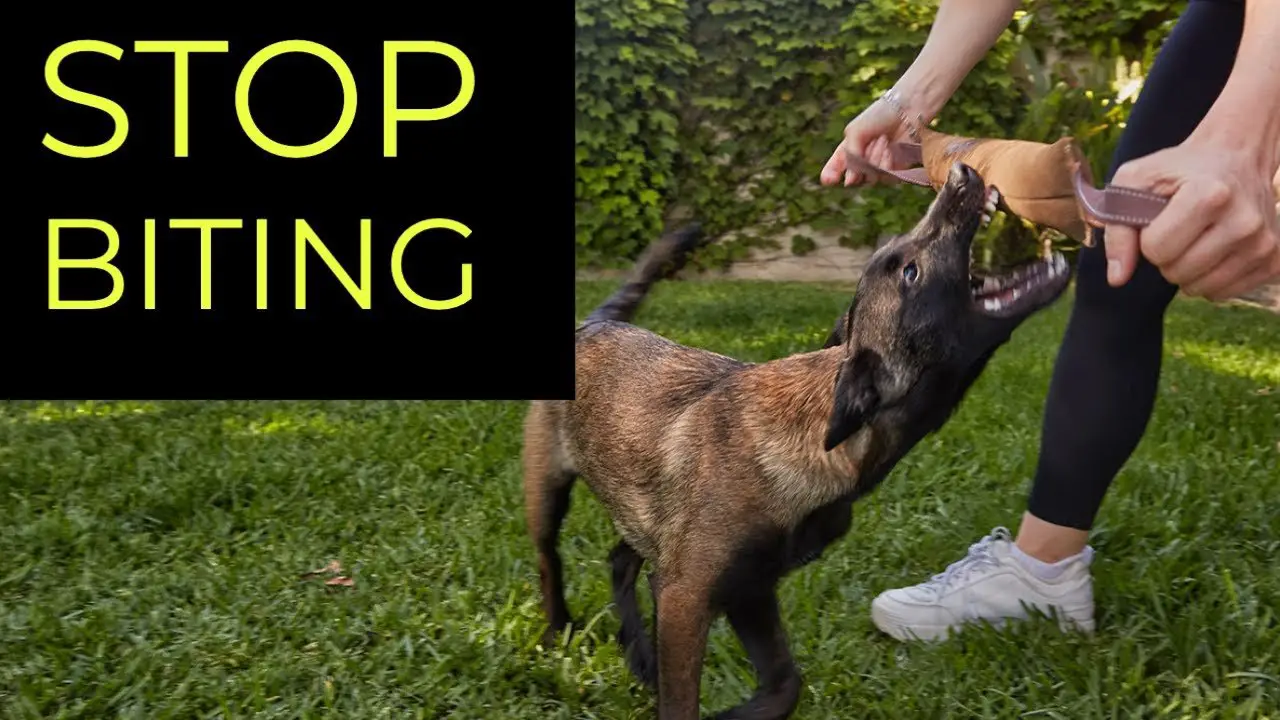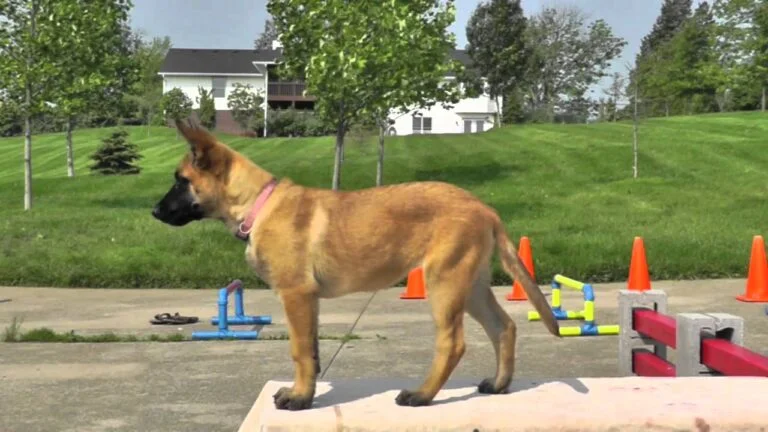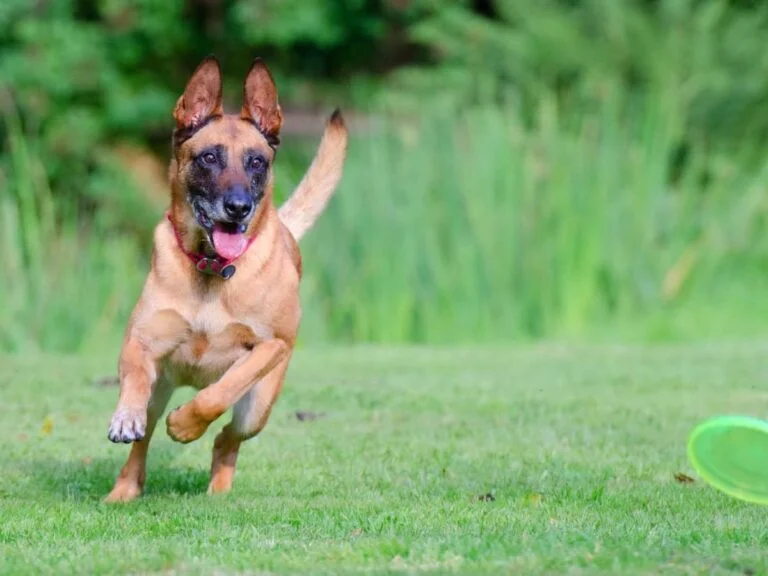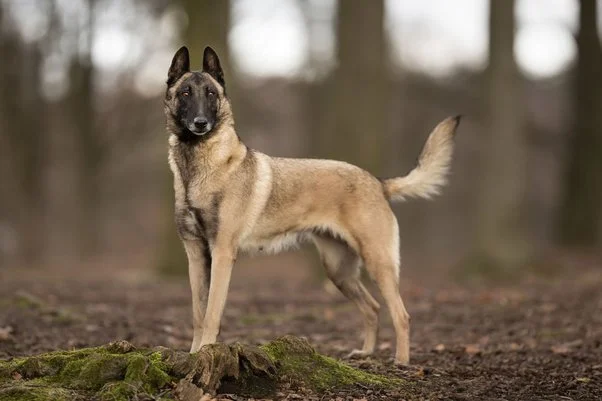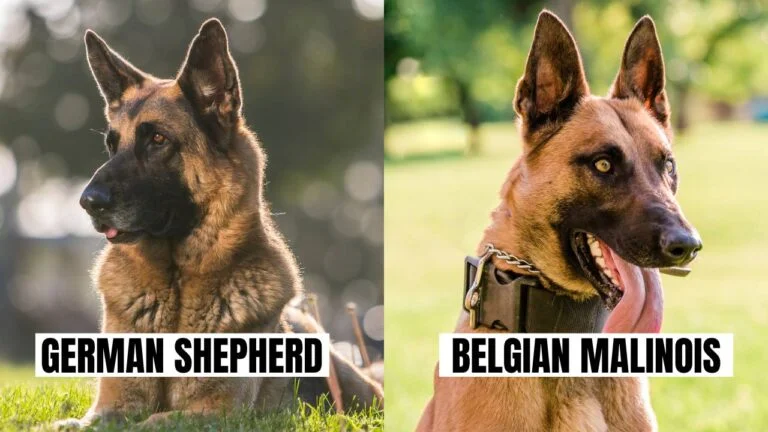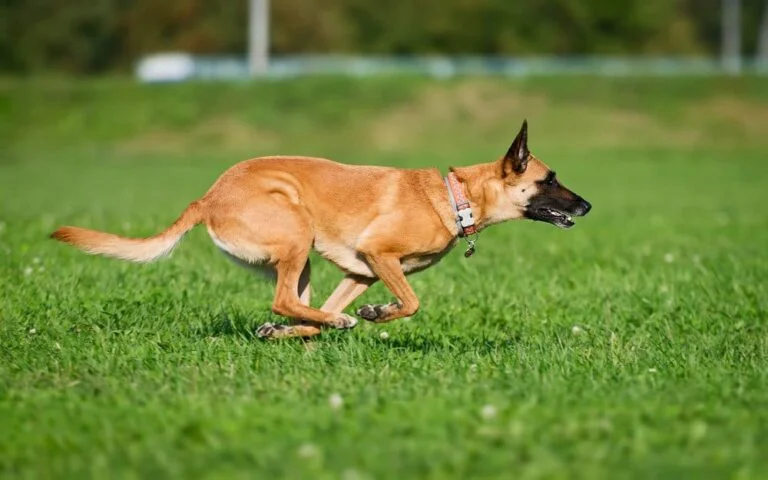How to Train a Belgian Malinois Not to Bite
“How to train a Belgian Malinois not to bite?” This question is crucial for owners of this intelligent and energetic breed known for their strong jaws and herding instincts. Belgian Malinois, while loyal and affectionate, may exhibit biting behavior if not properly trained and socialized. In this article, we will explore effective strategies and techniques to train your Belgian Malinois to exhibit appropriate and non-aggressive behavior, specifically focusing on preventing biting incidents. By implementing these methods, you can foster a safe and harmonious relationship with your Malinois while ensuring the well-being of those around them.
Understanding Biting Behavior in Belgian Malinois
Before delving into training methods, it’s essential to understand the factors that can contribute to biting behavior in Belgian Malinois:
- Natural Instincts: Belgian Malinois have strong herding instincts and a natural inclination to use their mouths to control and manipulate objects, including people. However, this behavior can escalate into biting if not properly managed through training and socialization.
- Communication: Dogs, including Belgian Malinois, may resort to biting as a form of communication or self-defense when they feel threatened, anxious, or stressed. Understanding the triggers and motivations behind biting behavior is essential for effective training.
- Playfulness: Some biting behavior in Belgian Malinois may stem from playfulness or excitement, particularly during puppyhood. While playful mouthing is normal, it’s essential to teach your Malinois appropriate boundaries to prevent biting from becoming problematic.
Positive Reinforcement Training
Positive reinforcement training is a highly effective approach for teaching Belgian Malinois not to bite. Here are some key principles of positive reinforcement training:
- Redirect and Reward: When your Belgian Malinois exhibits biting behavior, redirect their attention towards appropriate chew toys or activities. Praise and reward them for chewing on the designated items, reinforcing the desired behavior.
- Consistency and Patience: Consistency is key to successful training. Set clear expectations for your Malinois’ behavior and consistently reinforce non-biting behavior while ignoring or redirecting biting behavior. Be patient and persistent, as training takes time and repetition.
- Socialization: Expose your Belgian Malinois to a variety of people, animals, environments, and stimuli from a young age. Positive socialization experiences help reduce fear and anxiety, decreasing the likelihood of biting behavior in different situations.
Interactive Play and Boundaries
Interactive play sessions provide opportunities to teach your Belgian Malinois appropriate boundaries and discourage biting behavior:
- Use Toys: Encourage your Malinois to play with interactive toys, such as tug toys or chew toys, during play sessions. Teach them that biting or mouthing human hands or clothing is not acceptable behavior by redirecting their focus towards the toys.
- Set Limits: Establish clear boundaries during playtime by using verbal cues, such as “gentle” or “no bite,” to signal when biting behavior is inappropriate. If your Malinois continues to bite despite verbal cues, calmly end the play session and walk away to convey that biting results in the loss of attention and interaction.
- Consistent Reinforcement: Reinforce the message that biting is unacceptable by consistently enforcing boundaries during playtime. Over time, your Malinois will learn to associate non-biting behavior with positive reinforcement, making it more likely to occur in future interactions.
Conclusion
In conclusion, training a Belgian Malinois not to bite requires patience, consistency, and positive reinforcement. By understanding the underlying reasons for biting behavior and implementing effective training techniques such as positive reinforcement, redirection, and setting boundaries, you can help your Malinois develop appropriate behavior and prevent biting incidents. Remember to start training early, be consistent in your approach, and seek guidance from professional trainers or behaviorists if needed. With dedication and proper training, you can foster a strong bond built on trust and mutual respect with your Belgian Malinois.

